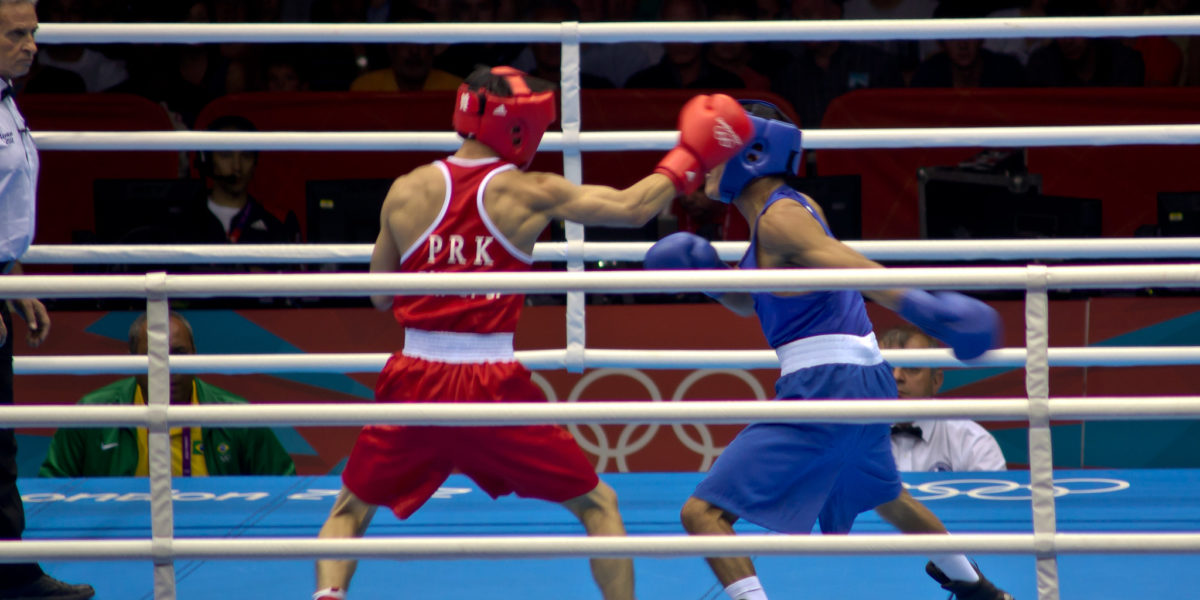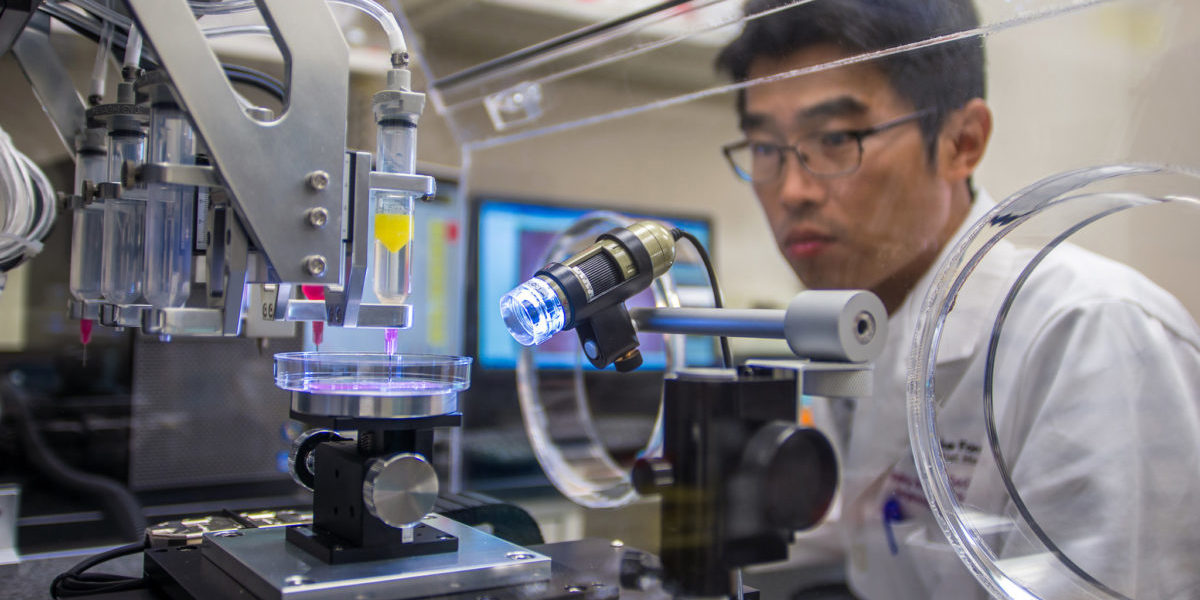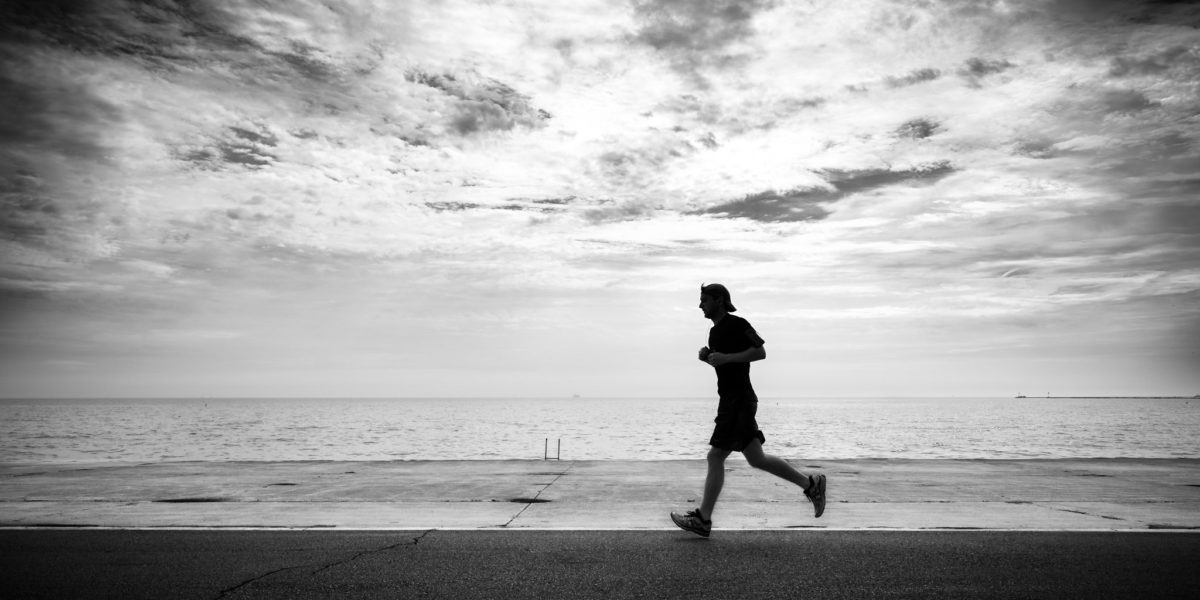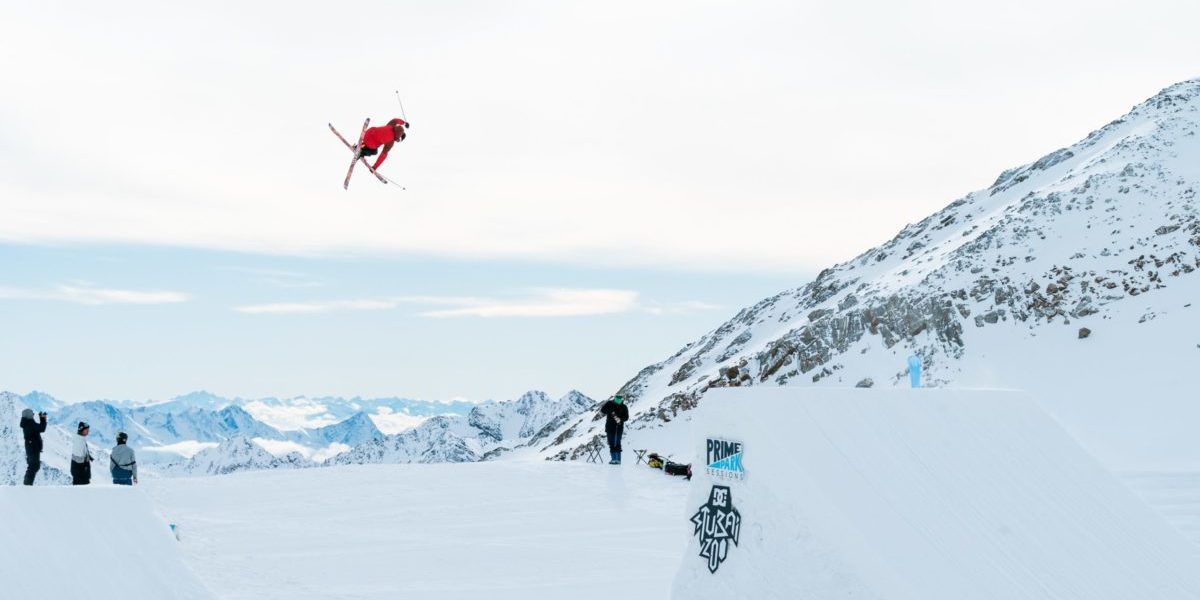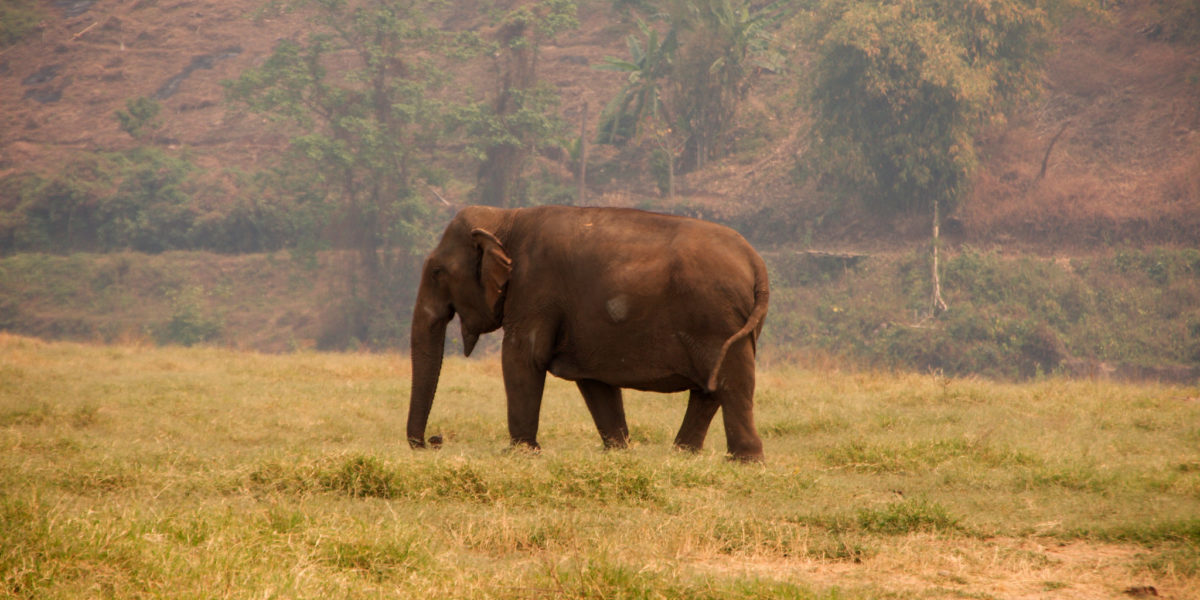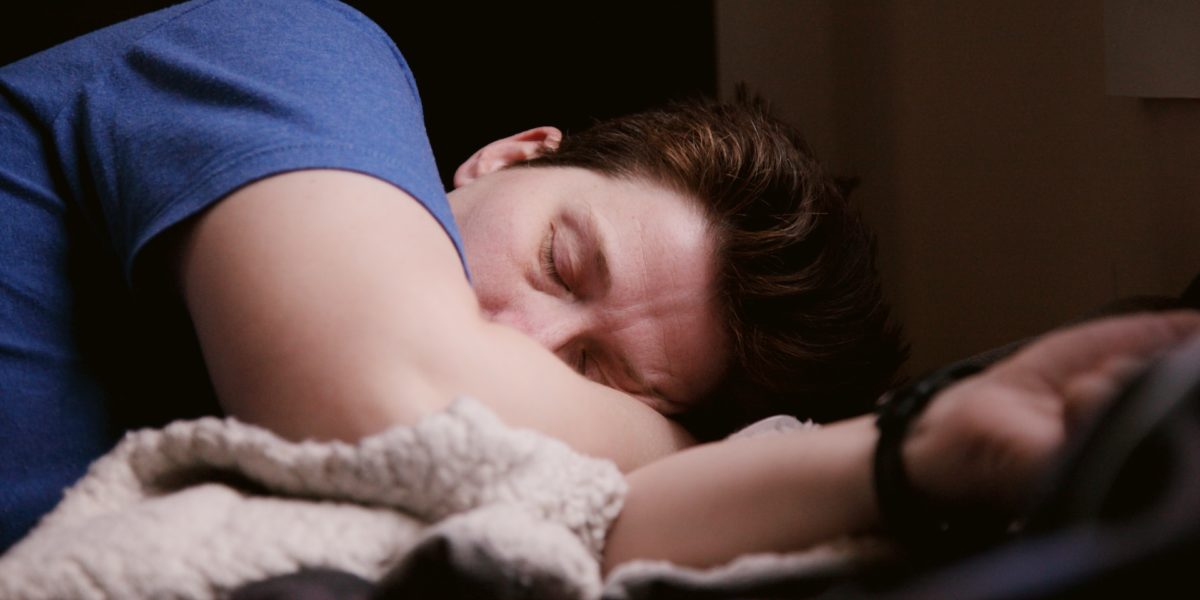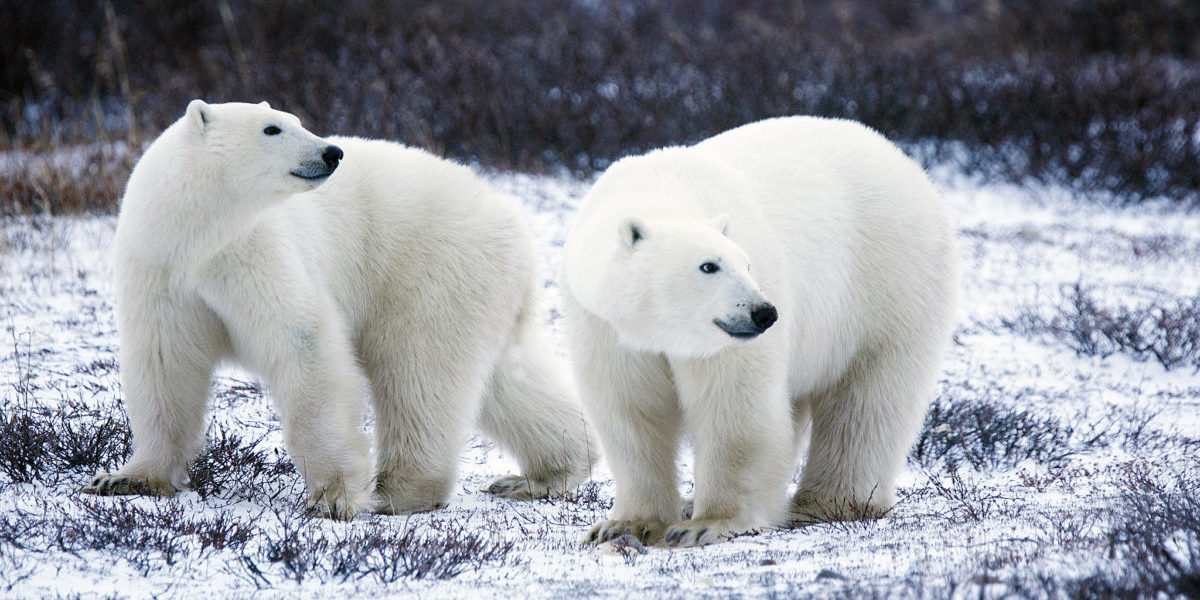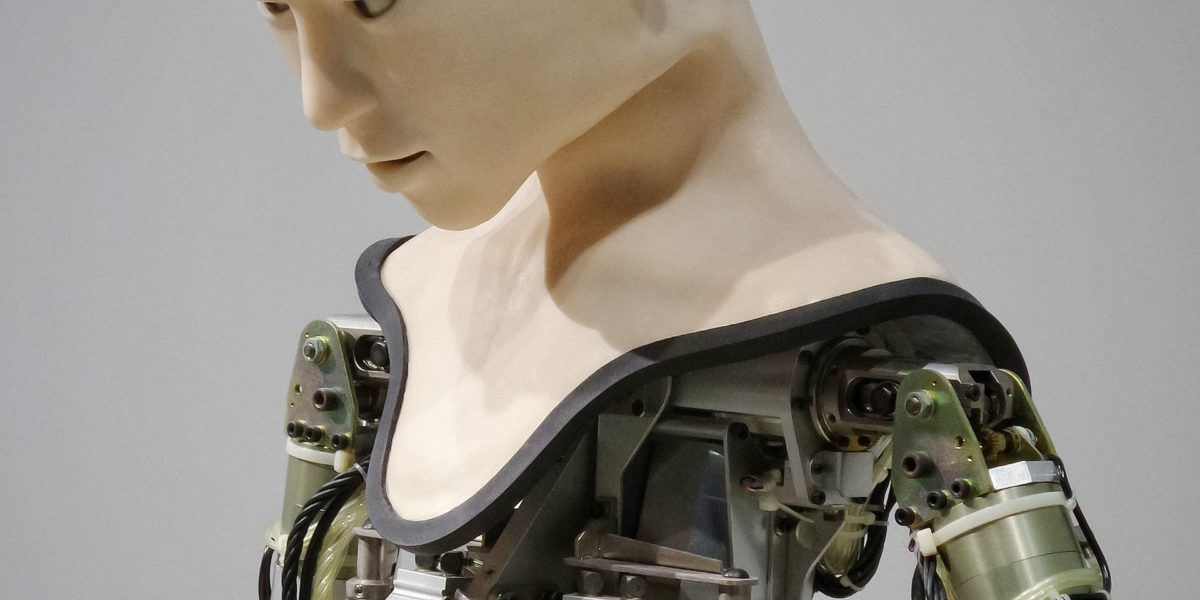You and I are living creatures. Every living creature on Earth has some means of self-preservation, and while society and technology have advanced humans far beyond the norms of the animal kingdom, deep down at our core is the self-preserving instinct known as “fight or flight”. When the moment arises that flight is not possible, that unarmed self-defense is the only option, a human will most likely throw a punch. Unless you are trained in a combat sport or a style of self-defense, that punch will likely be inefficient and ineffective. I’m here to break down, with biomechanics, the most effective way to throw that punch.
Continue reading “Punch like a nerd: Utilizing Biomechanics in Boxing Form”Category: text
This Toner Might Be More Expensive: 3-D Printing Artificial Organs
For most people in the United States who need an organ transplant, they will need to wait an average of three to five years on a list before they can get a lifesaving surgery. On average, 20 people die daily waiting on this list. There is a possibility of being able to bypass the wait time by manufacturing the required organs with 3D printing. This manufacturing technique was first used in the medical field for prosthetics and surgery practice models, with a goal to create fully functioning organs for those in need. Instead of using plastic or printer ink, the 3D printer uses cells to create biological constructions.
Continue reading “This Toner Might Be More Expensive: 3-D Printing Artificial Organs”Heads Up and Eyes Steady – The Optimized Mechanism for Human Running
In the insightful words of Bruce Springsteen, we as human beings were Born to Run. Humans have never been a sedentary species. The tendency to constantly relocate for survival purposes required skill in obtaining food efficiently, which heavily influenced early human evolution. Humans with optimal body mechanics for running ultimately held an advantage in hunting and gathering for food, and over time, the human body adapted to these survival requirements and developed a self-optimizing mechanism for running. This implies that initiating the act of running activates certain responses in the body to perform most efficiently.
Continue reading “Heads Up and Eyes Steady – The Optimized Mechanism for Human Running”Work Smarter Not Harder!
We have all likely heard the saying, “Work smarter not harder.” While this is generally referenced in an academic setting, it is also very applicable in athletics! One of the benefits to being a runner is that it’s a sport people can participate in at any age and nearly anywhere. Unfortunately, however, anywhere from 65-80% of runners get injured in a given year. A large portion of these injuries are related to overuse.
Continue reading “Work Smarter Not Harder!”Big Air: The mechanics of SKIERS and snowboarders landing after jumps
Have you ever watched the X-Games or Olympics or any other skiing or snowboarding competition and marveled at the sheer heights that the athletes achieve? Depending on the type of jump the skier goes off, they can reach heights of up to 50 feet off the ground. How exactly do the skiers land what are essentially free falls from such heights? Supposedly “survivable injuries” occur from falling heights above the “critical threshold” of 20-25 feet, so how do these athletes land from heights of up to double this?
Continue reading “Big Air: The mechanics of SKIERS and snowboarders landing after jumps”How the Largest Land Animal Stays Cool – And What We Can Learn From It
African Elephants have the largest volume to surface-area ratio of any living land mammal; it’s not a surprise then that they have to dissipate a tremendous amount of heat. You and me eat 2,500 calories a day – an adult male elephant might consume over 70,000 calories each day! This means these gigantic beasts need to remove several kilowatts of heat. So how do they do it? And can we learn anything from these biological marvels?
Continue reading “How the Largest Land Animal Stays Cool – And What We Can Learn From It”African Elephants have the largest volume to surface-area ratio of any living land mammal; it’s not a surprise then that they have to dissipate a tremendous amount of heat. You and me eat 2,500 calories a day – an adult male elephant might consume over 70,000 calories each day! This means these gigantic beasts need to remove several kilowatts of heat. So how do they do it? And can we learn anything from these biological marvels?
Continue reading “How the Largest Land Animal Stays Cool – And What We Can Learn From It”Not Everyone Breathes While they Sleep: The Dangers of Sleep Apnea
You might think that breathing in our sleep should come naturally – if breathing and sleeping are both physiologically necessary, then we must be able to do them simultaneously right? Unfortunately, almost a quarter of middle-aged American men and nearly 10% of women suffer from sleep apnea, a chronic condition characterized by repeatedly stopping breathing while sleeping. The clinical symptoms seem rather benign – snoring, sleepiness, fatigue during the day or other issues sleeping. However, by far the most dangerous aspect of this disease is that it puts patients at increased risk of high blood pressure, stroke, coronary heart disease, as well as occupational and/or automobile accidents. Over the last several decades, a variety of therapy options have been studied to treat this condition, ranging from drugs to masks to surgery.
Continue reading “Not Everyone Breathes While they Sleep: The Dangers of Sleep Apnea”Down to the Bear Bones: How Polar Bears evolved from Grizzlies to hunt in the Arctic
Katmai National Park in Alaska holds an annual “Fat Bear Week”, in which Twitter followers are asked to vote for the fattest bear in the park. This year’s winner was Holly, somewhere in the range of 500 to 700 lbs. That’s a big bear. However, in 1960, a male polar bear in Kotzebue Sound, Alaska, weighed in at 2,209 lbs. In fact, on average, polar bears weight up to 60% more than Grizzly bears, their closest animal relative.
Continue reading “Down to the Bear Bones: How Polar Bears evolved from Grizzlies to hunt in the Arctic”What Makes and Breaks the World’s Tallest Trees
Trees have the potential to be the largest organisms on Earth. The world’s tallest tree, dubbed Hyperion, is 380 ft tall and weighs over 1,600,000 lbs. Compared this to the world’s largest animal, a particularly massive blue whale which was 100 ft long and weighed 380,000 lbs, the simply massive size of this tree should be obvious. And unlike a whale, a tree is much less likely collapse and crush itself under its own weight. Trees need to be tall, even if doing so consumes a lot of resources, in order to compete for sunlight. So what lets trees get this big, and what limits their height?
Continue reading “What Makes and Breaks the World’s Tallest Trees”Soft Robotics: Humanizing the Mechanical
In media and science-fiction, robots have stereotypically, and perhaps somewhat unfairly, been depicted as mechanical, stiff assemblies of moving joints and complicated circuitry. While this still holds true for many robots designed today, whether for industry or research, the past few years have seen a growing interest in soft robotics in academia, industry, and popular culture. As the name implies, many research groups have begun investing in constructing robots from compliant, softer materials.
Continue reading “Soft Robotics: Humanizing the Mechanical”